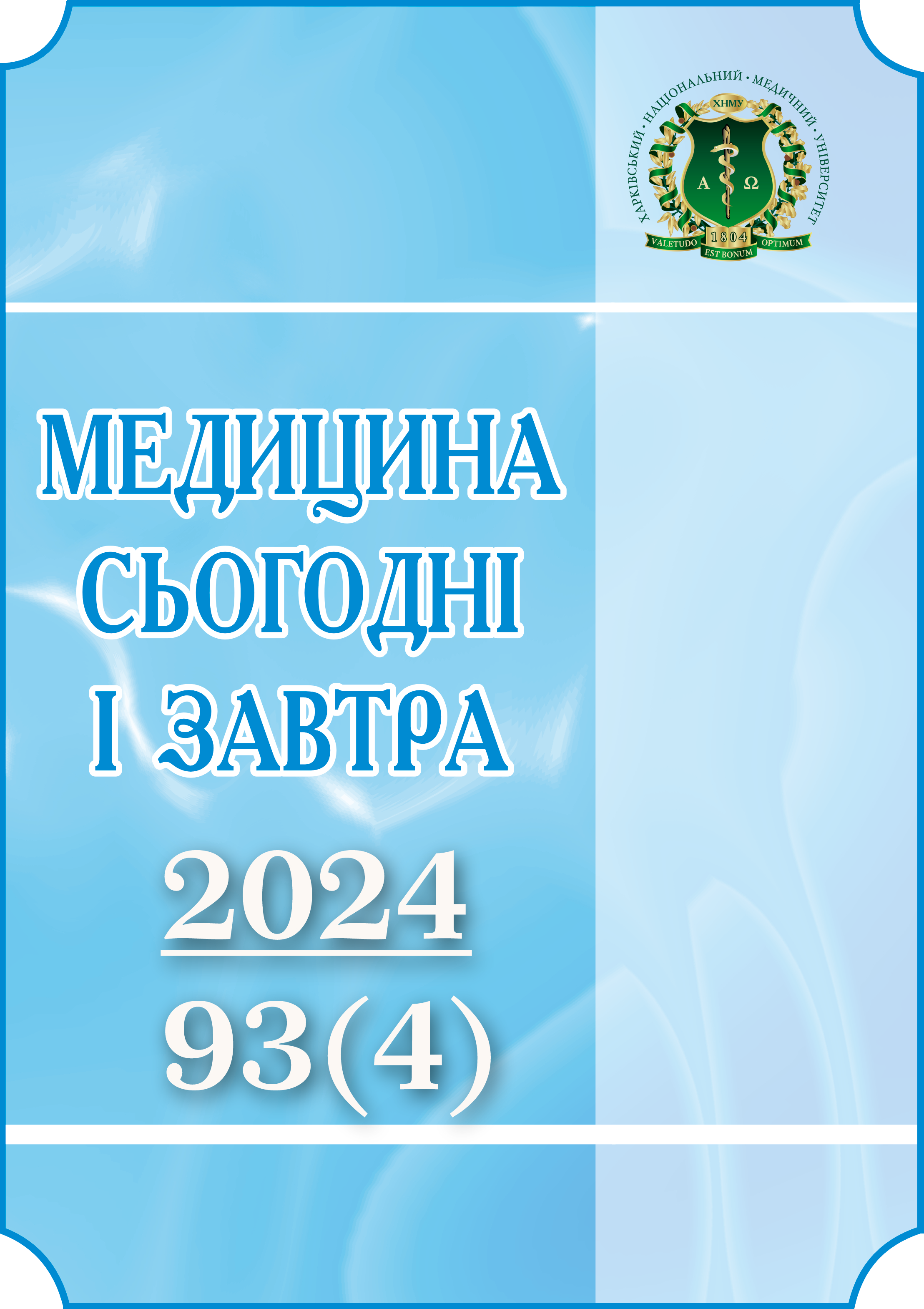Abstract
One of the urgent problems of the state level in Ukraine and other countries faced with the consequences of hostilities is the issue of physical, psychological and social rehabilitation of people with disabilities. Thanks to the policy on the implementation of the ideas of accessibility of the environment, inclusiveness of the educational process, barrier-free communication, the movement towards equality of rights and opportunities, the possibilities of using tools developed by scientists in the field of medicine (rehabilitation), psychology, valeology, etc. for the return of a person with a disability are beginning to appear to an active life, taking into account new opportunities and their role in society. When rehabilitating people with amputations, it is impossible to ignore not only the acquisition of simple household skills, but also the development of a procedure for emergency situations in which a person with a disability may feel helpless due to a lack of physical capabilities. A person becoming disabled during hostilities occurs in conditions of increased danger and is often accompanied by psycho-traumatic factors. However, scientists record cases of the adaptive psychological phenomenon – "post-traumatic stress growth", which is based on the focus of attention on strengths, resources, and the ability of the psyche to adapt, cope with adversity and turn it into a potential for change. First aid training, adapted to persons who have lost a limb, should not only have high-quality pedagogical tools, but also take into account the motivation of potential listeners. The need to be important and use one's experience is particularly pronounced among military personnel. Having an active civic position, they often take an active part in overcoming emergency situations. In order to determine the readiness of persons with physical disabilities to provide first aid in emergency situations, a questionnaire of persons undergoing rehabilitation at medical institutions was used.
Keywords: public health, disability, limb amputation, first aid training.
Archived: https://doi.org/10.5281/zenodo.15063709
References
Hoge Ch. Once a warrior, always a warrior. Navigating the Transition from Combat to Home-Including Combat Stress, PTSD, and MTBI. USA, Guilford: Lyons Press; 2010. 328 p.
Joseph S, Butler L. Positive Changes Following Adversity. PTSD Research Quarterl. 2010;21(3):3p. Available at: http://surl.li/khcsfx
Klymchuk V. Posttraumatic growth and ways of facilitating it in psychotherapy. Science and Education. 2016;(5):46-52. DOI: 10.24195/2414-4665-2016-5-6. [In Ukrainian].
Bismak OV, Melnik NG. Fundamentals of physical rehabilitation: a textbook. Kharkiv: Publisher Brovin OV; 2010. 120 p. Available at: http://surl.li/imunid [in Ukrainian].
Merzenich MM, Van Vleet TM, Nahum M. Brain plasticity-based therapeutics. Front Hum Neurosci. 2014;8:385. DOI: 10.3389/fnhum.2014.00385. PMID: 25018719.
Physical rehabilitation after amputation. EnableMe [Internet]. Available at: https://www.enableme.com.ua/ua/article/fizicna-reabilitacia-pisla-amputacii-10647 [accessed 18 Sep 2024]. [In Ukrainian].
Merzenich MM. Soft-Wired: How the New Science of Brain Plasticity Can Change Your Life. San Francisco, CA: Parnassus; 2013.

This work is licensed under a Creative Commons Attribution-NonCommercial-ShareAlike 4.0 International License.

